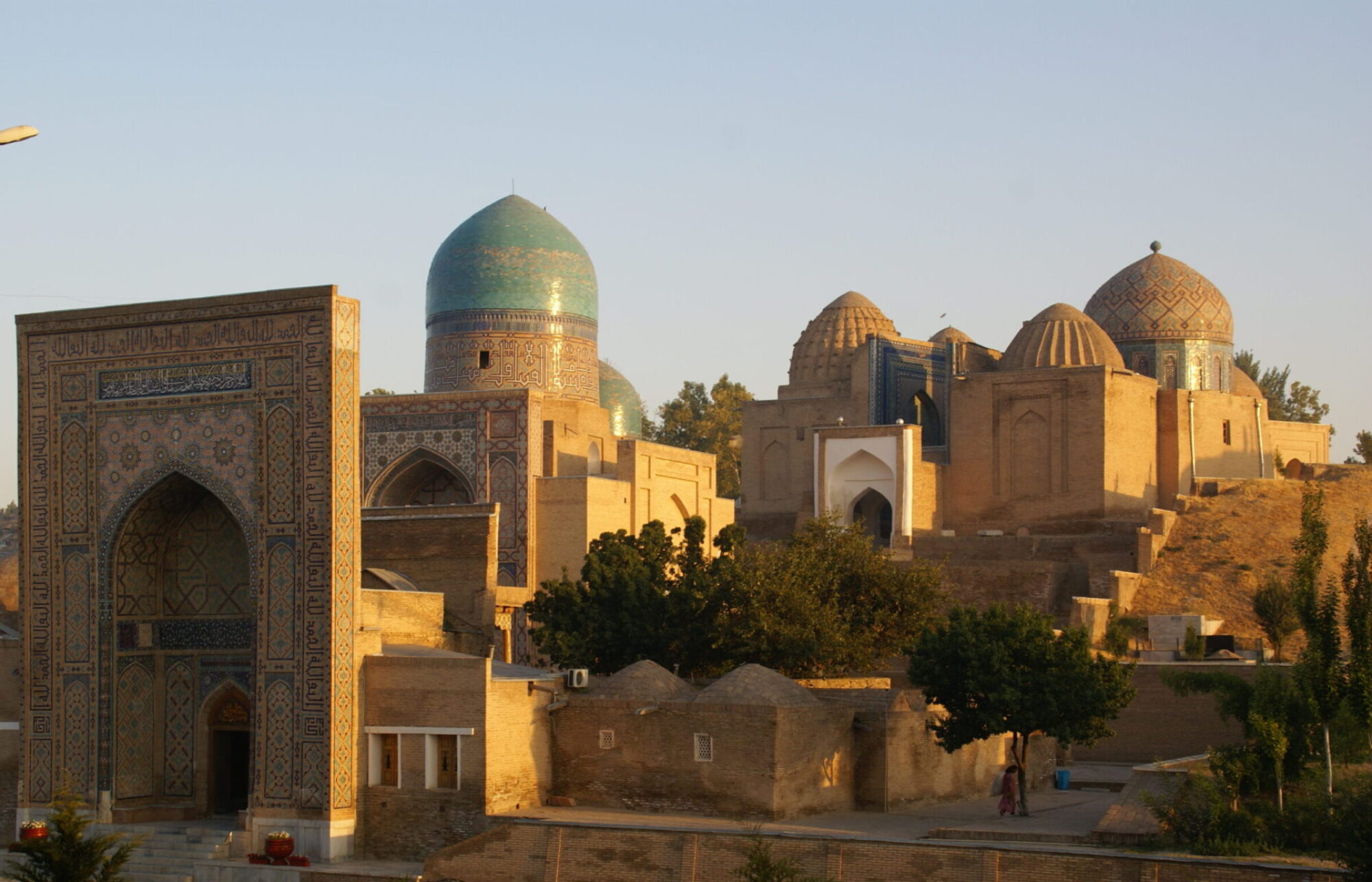Versified stories, in prosodic terms either masnawîs or long qasîdas, are usually called hikâyat, ‘anecdote’ or ‘story’ in Badakhshan. The term qissa, with the same connotation, is used as well. The madâhxâns do not divide the madâh into different poetic genres. In their notebooks, names of genres are rarely given. Sometimes a title is given to a poem, or the poem is announced as guftâr‑i… (name of poet), but more often the different madâh‑poems follow each other indiscriminately, both in the notebooks and in the performance of madâh.
Since the term hikâyat seems to be the most common name for versified stories, this term will be used here in order to facilitate the treatment of several versified stories, sung in madâh. The hikâyats form the lenghthiest part of madâh, sometimes lasting for more than an hour. A hikâyat in madâh always deals with a miracle, performed by a holy person, very often ‘Alî.
In comparison to the genre of the Persian masnawî1, the Badakhshanian hikâyats are relatively short. The longest hikâyat recorded has 153 lines. This could be the length of a long qasîda in classical Persian literature. Maybe this is the reason why hikâyats appear both in monorhyme, like the qasîda, and in double rhyme, the traditional rhyme‑pattern of the masnawî. The length in lines and the duration of the performance of the collected hikâyats are not necessarily congruous. The length of the individual lines, dependent on the metre, as well as the way of performing determine the length of the hikâyat in performance.
The hikâyats of Badakhshan often have a religious‑didactic nature.

